
Wetenschap
Zelforganisatie van nanodeeltjes en moleculen in periodieke Liesegang-achtige structuren

Polariserende optische microscopie (POM) beelden van CNC, TA/CNC, en TA-films. POM-afbeeldingen van films gevormd uit (A) een CNC-ophanging; (B tot D) TA/CNC-ophangingen met (van links naar rechts) R van 4,0, 5.0, en 6,0; en (E) een TA-oplossing. Films werden gevormd bij 22°C en RV =23%. De concentratie van CNC's in (A) tot (D) was 3 gew.%, en de concentratie van TA-oplossing in (E) was 11,3 gew.% (750 mM). Alle films werden 24 uur gedroogd. Schaalbalken, 420 m. Krediet:wetenschappelijke vooruitgang, doi:10.1126/sciadv.abe3801
Chemische organisatie in reactie-diffusiesystemen biedt een strategie om materialen te genereren met geordende morfologieën en architectuur. Periodieke structuren kunnen worden gevormd met behulp van moleculen of nanodeeltjes. Een opkomende grens in materiaalwetenschap heeft tot doel nanodeeltjes en moleculen te combineren. In een nieuw verslag over wetenschappelijke vooruitgang , Amanda J. Ackroyd en een team van wetenschappers in de chemie, natuurkunde en nanomaterialen in Canada, Hongarije en de VS merkten op hoe oplosmiddelverdamping uit een suspensie van cellulose-nanokristallen (CNC's) en L-(+)-wijnsteenzuur [afgekort L-(+)-TA] ervoor zorgde dat de fasescheiding van neerslag resulteerde in de ritmische verandering van CNC -rijk, L-(+)-TA-ringen. De CNC-rijke regio's behielden een cholesterische structuur, terwijl de L-(+)-TA-rijke banden gevormd via radiaal langwerpige bundels om de kennis van zelforganiserende reactie-diffusiesystemen uit te breiden en een strategie te bieden om zelforganiserende materialen te ontwerpen.
Chemische organisatie
Het proces van zelforganisatie en zelfassemblage vindt universeel plaats in niet-evenwichtssystemen van levende materie, geochemische omgevingen, materiaalkunde en in de industrie. Bestaande experimenten die leiden tot periodieke structuren kunnen worden onderverdeeld in twee groepen, waaronder de klassieke Liesegang-type experimenten en chemische organisatie via periodieke precipitatie om materialen te genereren met geordende morfologieën en structurele hiërarchie. In dit werk, Ackroyd et al. ontwikkelde een strategie voor oplosmiddelverdamping om een waterige oplossing van wijnsteenzuur/cellulose-nanokristallen [L-(+)-TA/CNC of TA/CNC] in fasen te scheiden voor de daaropvolgende precipitatie om te resulteren in een ritmische afwisseling van CNC-rijk of CNC- verarmde ringachtige regio's. Het team ontwikkelde een kinetisch model dat kwantitatief overeenkwam met de experimentele resultaten. Het werk breidt het scala aan zelforganiserende reactie-diffusiesystemen uit om de weg vrij te maken voor periodiek gestructureerde functionele materialen.
experimenten
Ackroyd et al. deponeerde gemengde suspensies als druppeltjes op glasplaatjes en plaatste ze onmiddellijk in een vochtige kamer. Met behulp van een polariserende optische microscoop (POM), ze vormden beelden van de drogende films met verschillende TA/CNC (wijnsteenzuur/cellulose nanokristallen) samenstellingen. Films gevormd door het drogen van de wijnsteenzuuroplossing behielden een sferulietmorfologie met een naaldachtige structuur. Met behulp van afbeeldingen van het drogen van TA/CNC, het team merkte de vorming van ringen op, beginnend bij een kiempunt dichtbij het filmcentrum van waaruit periodiek en radiaal naar de rand van de film groeide. Vervolgens karakteriseerden ze de ringpatronen in de films, waar de toenemende relatieve vochtigheid, verhoogde de waarde van hun menstruatie. Om de groeidynamiek van de vorming van periodieke ringen te begrijpen, Ackroyd et al. registreerde de evolutie van de spatio-temporele patronen van waterverdamping voor de vloeibare films. Ze labelden CNC's met een covalent gehechte fluoresceïne-isothiocyanaat (FITC) kleurstof, om de samenstelling van afwisselende ringen in de composietfilm te karakteriseren. Op basis van de POM-beelden (polariserende optische microscoop), ze merkten de CNC-verrijkte en CNC-beroofde periodieke banden in de composietfilm op.
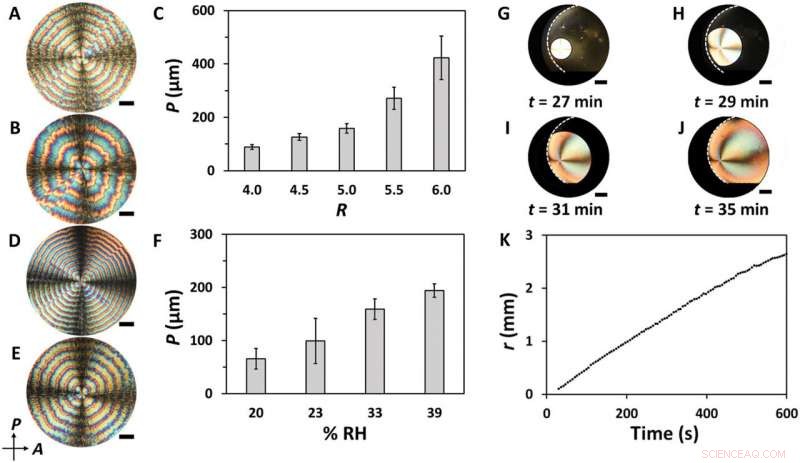
Karakterisering van ringpatronen in TA/CNC-films. (A en B) POM-beelden van films gevormd bij R van 4,5 (A) en 5,5 (B). (C) Variatie in de gemiddelde periode, P, van het ringpatroon, uitgezet als functie van R. In (A) tot (C), films werden gevormd bij RH =33%. (D en E) POM-beelden van films gevormd bij RH =23% (D) en 33% (E). (F) Variatie in de gemiddelde periode, P, van het ringpatroon, uitgezet als functie van RH. (D tot F) Films werden gevormd bij R =5,0. Foutbalken in (C) en (F) vertegenwoordigen SD's voor negen monsters. Schaalbalken (A, B, NS, en E), 300 urn. (G tot J) POM-afbeeldingen van een vloeibare TA/CNC-film (R =4,5, RV ≈ 21%), genomen op verschillende droogtijden. De witte stippellijnen geven de omtrek van de drogende druppelomtrek weer. (K) Variatie in de verte, R, vanaf het kiempunt tot de buitenrand van de droogfilm, uitgezet als functie van de tijd. Schaalbalken (G tot J), 500 urn. Krediet:wetenschappelijke vooruitgang, doi:10.1126/sciadv.abe3801
Kenmerkend voor de composietfilm.
Om de composietfilms verder te karakteriseren, de wetenschappers verkregen spectra onder differentiële transmissie van circulair gepolariseerd licht van tegengestelde handigheid. Met behulp van scanning elektronenmicroscopie, ze verkregen beelden van de filmdoorsnede van de CNC-rijke en TA-rijke regio's. Om de topografie van het oppervlak van de composietfilm te begrijpen, ze gebruikten atoomkrachtmicroscopie. Met behulp van POM-afbeeldingen met een hoge vergroting, Ackroyd et al. merkte de TA-rijke regio's op in geel en lichtoranje, terwijl de CNC-rijke regio's rood en groen van kleur leken. The team also conducted polarimetry imaging to map the variation in the polarization state of transmitted light. Om dit te bereiken, they illuminated a film with a 532 nm linearly polarized light with a light polarization state set parallel to the vertical edge of the images. Based on both POM and polarimetry experiments, Ackroyd et al revealed the orientation order in TA-rich ring-banded regions relative to the chemical composition of the film. The structural features formed by CNCs and TA provided an interesting example of complex, out-of-equilibrium organization, of interest for future studies. To probe the TA/CNC films in the transmission mode, the scientists also used small-angle X-ray scattering, where an X-ray beam size of 220 x 50 µm allowed an entire film to be scanned for mapping with the technique.
-
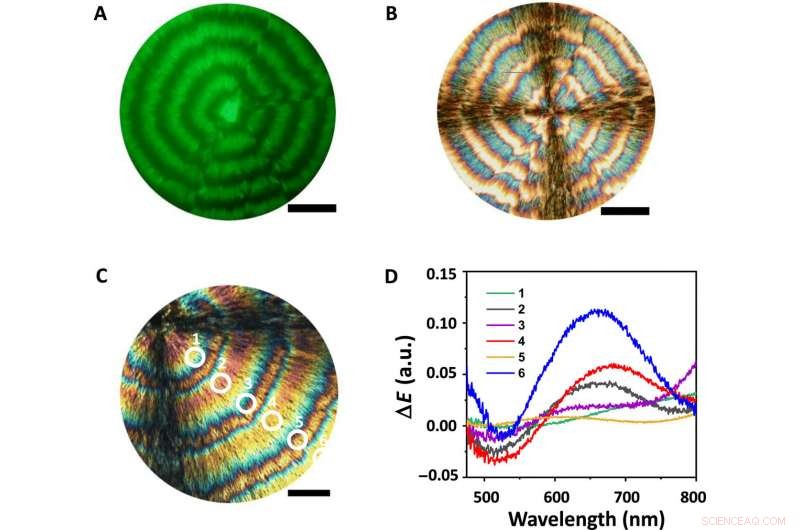
Characterization of the composition of periodic bands in the composite film. (A) Fluorescence microscopy and (B) POM images of TA/FITC-CNC films formed at R =5.0 and RH =33%. Scale bars (A and B), 150 μm. (C and D) The variation in ΔE of the TA-rich bands (labeled as 1, 3, and 5) and CNC-rich bands (labeled as 2, 4, and 6) in (C). The ΔE spectra in (D) are collected from the regions marked in (C). Scale bar (C), 100 μm. a.u., willekeurige eenheden. Krediet:wetenschappelijke vooruitgang, doi:10.1126/sciadv.abe3801
-
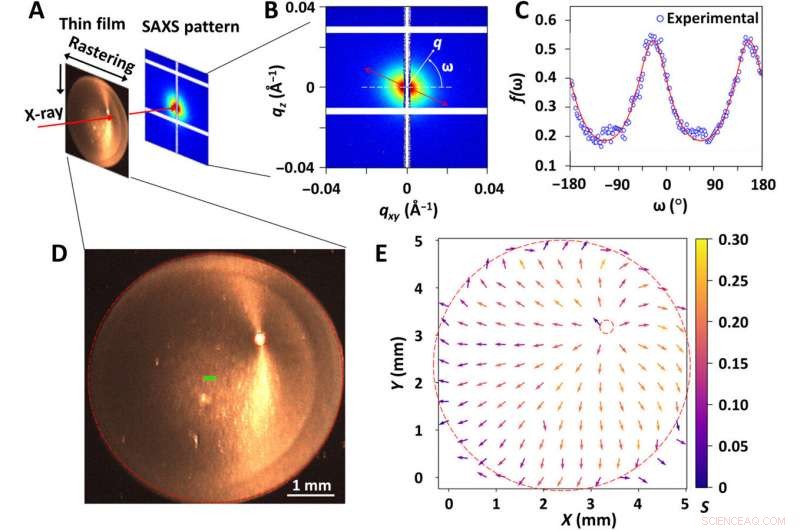
Characterization of local anisotropy of the TA/CNC film by SAXS. (A) Schematic illustration of the SAXS rastering measurement for SAXS mapping of the film. (B) A typical SAXS pattern with a definition of the azimuthal angle ω. (C) 2D ODF f(ω), calculated from the SAXS pattern in (B), shows the anisotropic features along the most probable angle, denoted by ω0, which provides information about the orientation within the film. The value of f(ω) is fitted using an ad hoc order parameter (red curve), described in section S9. (D) A photograph of the film taken during the SAXS measurement with dashed circles showing the circular edge of the dried droplet and the center of the concentric rings. The green rectangular box in the center of the film represents the size and shape of the x-ray beam. (E) Orientations of anisotropic scatterers, probed by the SAXS measurements and mapped on the entire area of the film. The direction of each arrow indicates the orientation in that location. The color represents the orientation order parameter in 2D, termed S, with the scale shown on the right. The dashed circles correspond to the circular edge of the film and the center of the concentric rings, similar to those shown in (D). The film was prepared at R =5.0 and RH =23%. Krediet:wetenschappelijke vooruitgang, doi:10.1126/sciadv.abe3801
Numerical model
The scientists then developed a kinetic model for the phase-separating TA/CNC suspension as applied generally to reaction-diffusion systems. They represented the dynamics of the periodic pattern formation with two types of building blocks using a set of differential equations. The numerical model factored six species of the drying TA/CNC suspension including the (1) dissolved TA, (2) the nuclei of precipitated TA, (3) the crystals of TA in the TA-rich phase and the (4) the suspended individual CNCs, (5) the TA-CNC clusters, and 6) the CNC-enriched phase. The numerical model qualitatively reproduced the experimental findings, and the model predicted a finite constant velocity of the moving front of the edge pattern.

Numerical simulations of ring pattern formation. (A) Spatial distribution of TA-(s), (B) spatial distribution of CNCs, and (C) concentration profiles of TA and CNCs in alternating ring-type bands. In the simulations, the following parameters were used:DA =10−1, DB =10−2, DD =10−2, DE =10−4, d* =0.8, and e* =0.2. The grid spacing (Δr) and time step (Δt) in the numerical simulations were 10−3 and 1.8 × 10−8. All parameters and variables are in dimensionless units. Krediet:wetenschappelijke vooruitgang, doi:10.1126/sciadv.abe3801
Outlook
Op deze manier, Amanda J. Ackroyd and colleagues provided first evidence of a periodic ring-banded structure formed by two components with dimensions differing by several orders of magnitude. The results differed from ring patterns obtained by other phenomena including "coffee ring" patterns. The scientists noted the evaporation of water from the TA/CNC suspension to result in the saturation of CNCs and TA in the mixture. They controlled the morphology of the composite films by varying the composition of the TA/CNC suspension and relative humidity. Based on simulations, the team noted that the periodic ring patterns did not qualitatively change with increasing viscosity and therefore reduced the diffusion coefficients of the compounds. They highlighted distinct band structures for the CNC-enriched and TA-enriched ring-banded regions throughout the study. The work will expand the knowledge of self-organizing reaction-diffusion systems and provide strategies to design self-organizing materials.
© 2021 Science X Network
 Wanneer bosbranden oude septic tanks ontmoeten, een ziekte-uitbraak is slechts een kwestie van tijd
Wanneer bosbranden oude septic tanks ontmoeten, een ziekte-uitbraak is slechts een kwestie van tijd Infrarood NASA-beelden tonen aan dat orkaan Aletta sterker wordt
Infrarood NASA-beelden tonen aan dat orkaan Aletta sterker wordt Kenmerken van Typhoons
Kenmerken van Typhoons Zijn zonnebloempitten goed voor herten?
Zijn zonnebloempitten goed voor herten?  Nieuw onderzoek toont aan dat de groei van de Oost-Antarctische ijskap minder was dan eerder werd gesuggereerd
Nieuw onderzoek toont aan dat de groei van de Oost-Antarctische ijskap minder was dan eerder werd gesuggereerd
Hoofdlijnen
- Mongoolse microfossielen wijzen op de opkomst van dieren op aarde
- Science Fair-projecten met nagellak
- Afrika stroperij nu een oorlog, taskforce waarschuwt
- Kan gentherapie kaalheid genezen?
- De verschillen tussen Mendelian & Polygenic Traits
- Rapport identificeert manieren om de commerciële vissersvloot van Alaska te verjongen
- Evolutionaire relaties tussen prokaryoten en eukaryoten
- Wetenschappers pleiten voor verbeterde technologieën om bedreigde Californische zalm te redden
- Wat zou er gebeuren als een cel geen ribosomen had?
Cellen zijn de kleinste functionele eenheden van alle levende wezens. In de cellen bevinden zich gespecialiseerde structuren, organellen genaamd, die ze helpen bepaalde functies uit te voeren. Rib
- Risico's wegnemen om het volledige potentieel van nanomaterialen te benutten

- Nanotechnologie onthult verborgen diepten van bacteriële machines
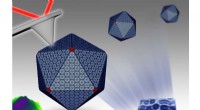
- Onderzoekers ontwikkelen blauw-fluorescerende moleculaire nanocapsules
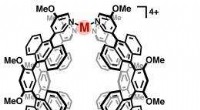
- Vooruitgang in nano-landbouw:kleine dingen hebben een enorm effect op plantengroei
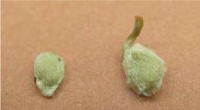
- Magnetische gouden nanohybride helpt kanker te bestrijden
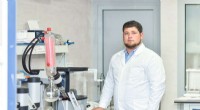
 Negatieve getallen factureren
Negatieve getallen factureren  PSA, Fiat Chrysler onthult fusie van gelijken
PSA, Fiat Chrysler onthult fusie van gelijken Nieuwe studie onderzoekt kenmerken van forenzen en blootstelling aan verkeersvervuiling onder forenzen
Nieuwe studie onderzoekt kenmerken van forenzen en blootstelling aan verkeersvervuiling onder forenzen Bio-kolen maken van plantaardig afval om klimaatverandering tegen te gaan
Bio-kolen maken van plantaardig afval om klimaatverandering tegen te gaan ANU verbreekt eigen wereldrecord sterrenkijken
ANU verbreekt eigen wereldrecord sterrenkijken Geïnduceerde gebreken in kwantummaterialen kunnen supergeleidende eigenschappen verbeteren
Geïnduceerde gebreken in kwantummaterialen kunnen supergeleidende eigenschappen verbeteren Hoe kunnen Tyfoons voorkomen?
Hoe kunnen Tyfoons voorkomen?  Een overzicht van opkomende neuromorfe apparaten en architecturen die mogelijk worden gemaakt door nanomaterialen
Een overzicht van opkomende neuromorfe apparaten en architecturen die mogelijk worden gemaakt door nanomaterialen
- Elektronica
- Biologie
- Zonsverduistering
- Wiskunde
- Italian | Spanish | Portuguese | Swedish | German | Dutch | Danish | Norway | French |

-
Wetenschap © https://nl.scienceaq.com

